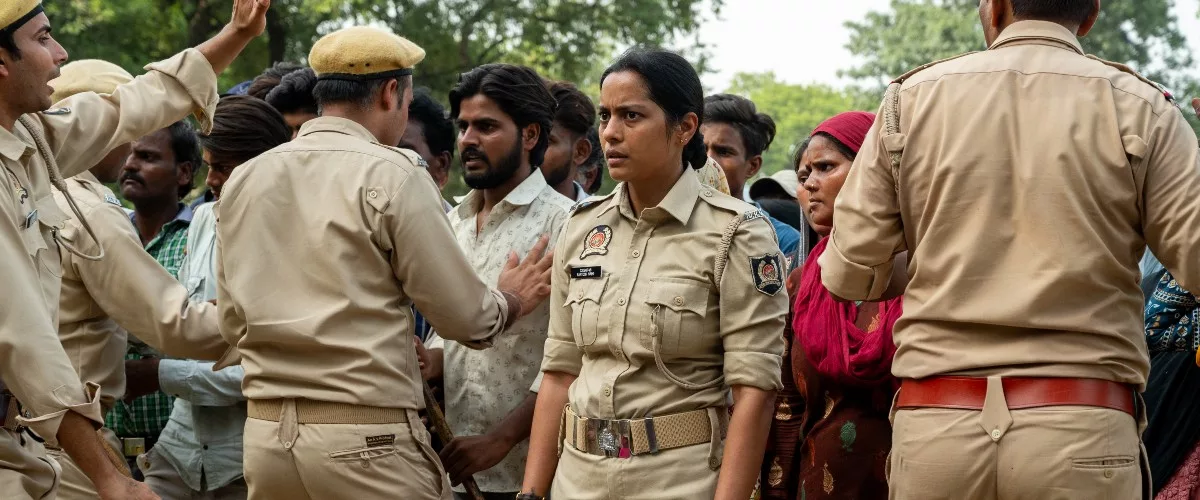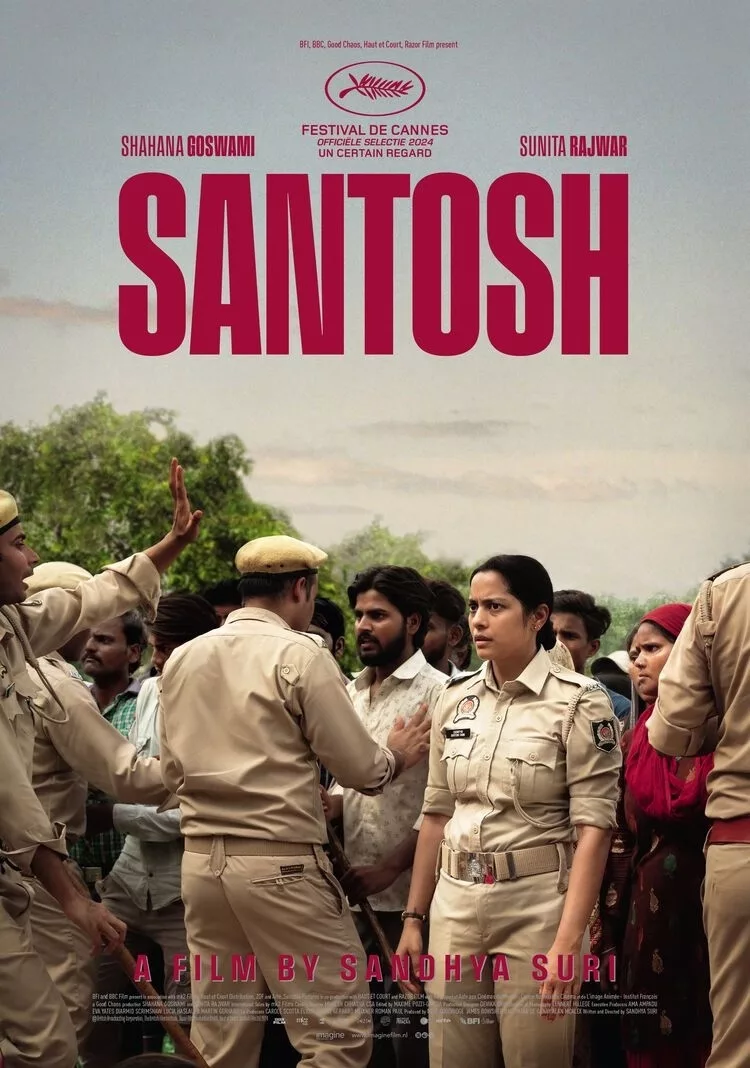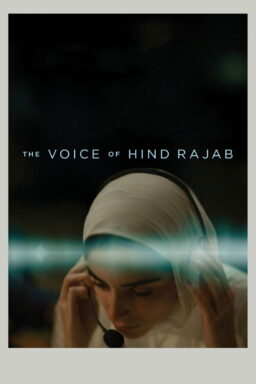India’s misogyny runs so deep that, in “Santosh,” a woman is forced to choose between houselessness and being a cop. She chooses the latter. That decision comes with some benefits: housing, pay, and freedom of movement. It also comes with one glaring drawback: the sexism of her male coworkers. For a time, the indignities she faces are enough to stomach. That is until a local girl is found murdered at the bottom of a well. The ensuing investigation not only ignites unrest. It also hits several raw nerves: the caste system, police brutality, and corruption. And while “Santosh” approaches these issues with a startling bluntness, its impact is rarely felt beneath the surface.
The UK entry for the 97th Academy Awards, writer/director Sandhya Suri’s grim character study is arrestingly composed and painfully obvious. It geographically takes audiences from Mumbai down back roads to small villages on an investigation that tests the resolve of its protagonist.
The woman in question is the recently widowed Santosh Saini (an engaging Shahana Goswami). Her husband, a cop, died not long ago after a stone struck him during a riot in Nehrat. Santosh’s mother-in-law despises her for supposedly being promiscuous and lavish, so finding income from his family isn’t an option. Her husband was only on the force for a couple of years, so he didn’t leave much of a pension. Now that he’s dead, their government-issued flat is also open for another family to move in. There is a law, however, that could help Santosh. If she chooses, she may inherit her husband’s position, thereby keeping his salary and earning from his pension. At 28 years old, becoming a cop is the best option.
Goswami plays Santosh as quiet and anxious. The way her tense frame moves around her fellow cops suggests that she’s trying to bear the daily agony of performing a job she never really wanted. None of her male counterparts are particularly inviting. An Inspector Thakur (Nawal Shukla) presents himself as giving but ultimately is a stone-faced sexist. As for her duties, she’s either walking Thakur’s white pup, helping his wife out around the house, or enforcing anti-sex morality codes against teenagers trying to make out in parks. She doesn’t find her place in this web or an ally in this department until the veteran Geeta Sharma (Sunita Rajwar) arrives to take over the investigation of the murdered girl.
With the pairing of the amendable Santosh and the authoritarian Geeta, Suri forms a fascinating generational dynamic. Geeta’s male counterparts fear her and enjoy her company. She’s the kind of woman who’s climbed up the ladder precisely because she knows what jokes to crack, which ones to critique, and which ones to quietly ignore. She’s also a crack investigator who immediately suspects the girl’s missing boyfriend might be the prime suspect. Suri also points to a potential queer tension between the two women but stops short of ever pushing the envelope. It’s the kind of reticence that becomes a consistent frustration in “Santosh.”
While Santosh is always observing, she never speaks. So she never verbalizes her thoughts, fears, or concerns when her male colleagues torture, cheat, and defame witnesses and suspects. Instead Suri demands the audience use Goswami’s expressive face as a guide. That approach works for a time because Goswami is visibly articulate. But that strategy can also give “Santosh” shallow depth where the witnessing of prejudice or police brutality is purely visceral rather than studied.
“Santosh” also suffers from arriving the same year as Payal Kapadia’s satisfying feminist statement “All We Imagine as Light,” a film far more adept at subtly instilling personal politics into its characters. “Santosh,” conversely, might be in your face, but it doesn’t say nearly as much. This isn’t to say that two Indian women need to share the same approach, but Kapadia’s softer touch marks the difference between these two feminist films.
In its own way, “Santosh” is exceptionally crafted, too. With precision and detail, Suri depicts the stark economic gap between the wealthy and the disadvantaged as her camera roves from palatial homes to one-room squalors. She also fills the frame, taking in the bustling urban life occurring around Santosh, often basking in the natural glow of exteriors teeming with life.
The clarity of these compositions in a film about the murky morality of policing creates a smart aesthetic tension in “Santosh” as well. Santosh wants to do good. But is that an impossible desire to hold in such a corrupt force? Is all fair when you’re fighting for voiceless women in a systemically unjust country? When Suri’s film asks those questions, it makes for an unflinching anti-police tale whose inquiries rise above the film’s other frank emotional beats. Even at its most traumatic, “Santosh” gives viewers plenty to consider.




















